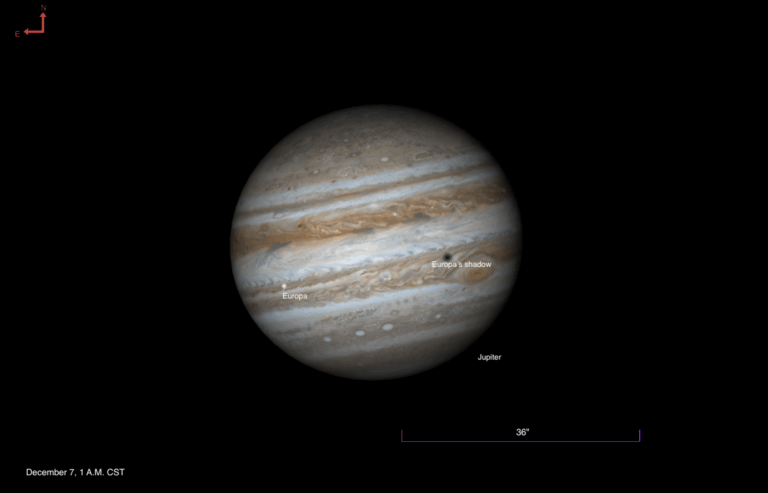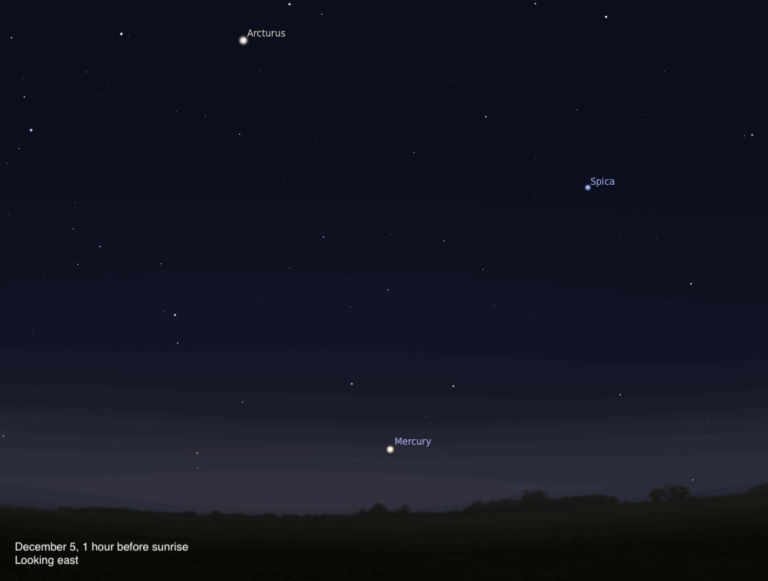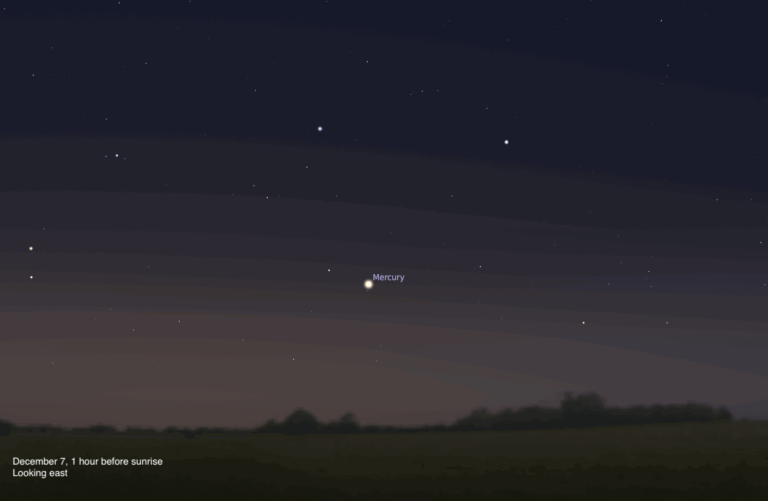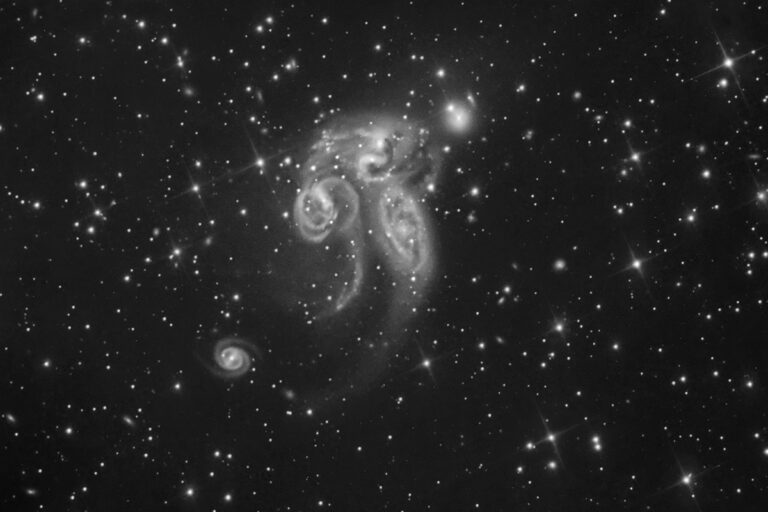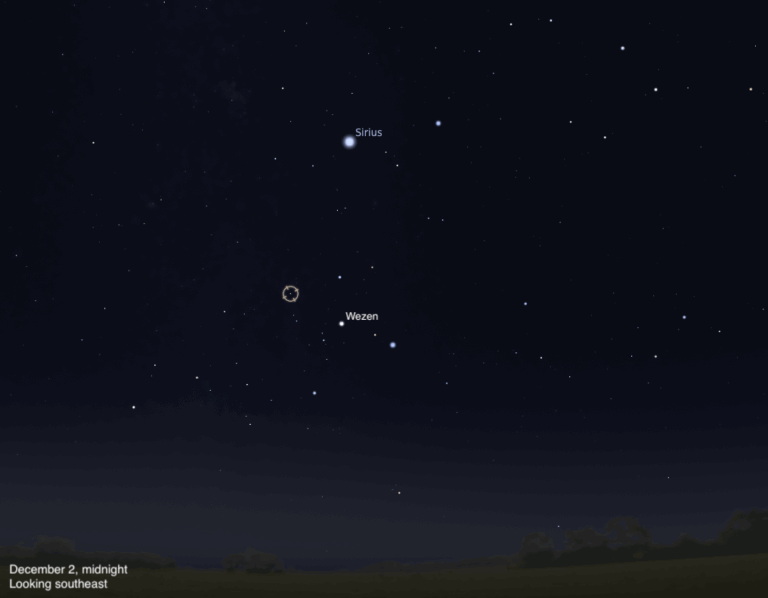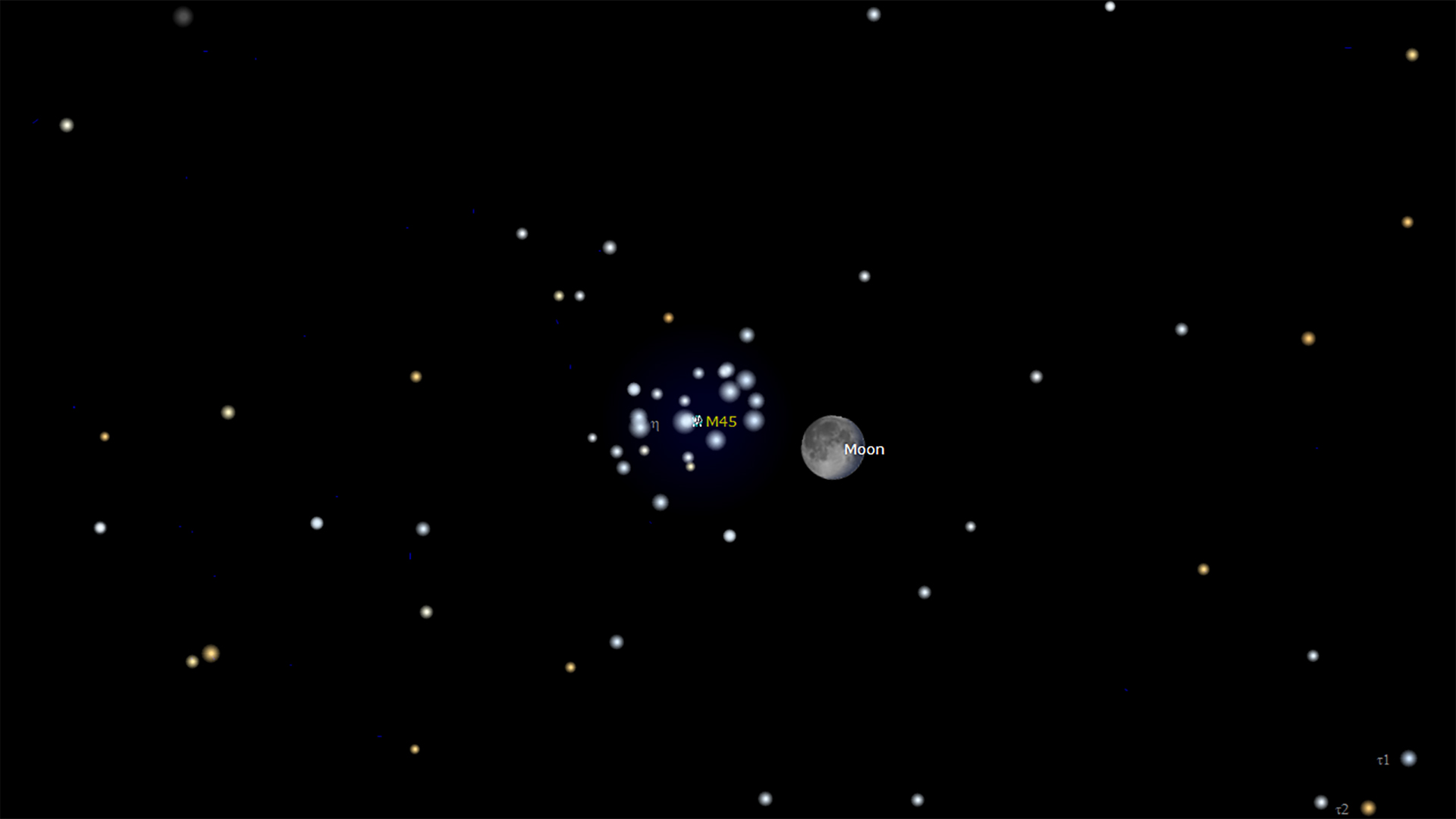
Watch the bright gibbous Moon slide by the Pleiades star cluster on the night of October 9.
Credit: M. Bakich/TheSKY software
Key Takeaways:
- The segment encourages late evening observation of the Moon and the Pleiades star cluster (M45) on October 9.
- Viewers are instructed to first locate the prominent Moon and subsequently search its surrounding area for the Pleiades.
- Binoculars are recommended as an aid for locating the cluster, especially if visibility is challenging due to the Moon's brightness.
- M45 is described as appearing like a "tiny dipper" and is identified as an intrinsically bright cluster, despite potential visual attenuation from the bright Moon.
In this episode,
Astronomy
magazine Editor Emeritus Dave Eicher invites you to head out late in the evening of October 9 and find the Moon. This won’t be a problem because it will be bright. Then scan the area around the Moon to find the Pleiades star cluster, also known as M45. If you can’t find it right away, binoculars will help in your search. The Pleiades looks like a tiny dipper and is one of the brightest star clusters in the sky, although it may not look like it with a bright Moon nearby. Good luck!

